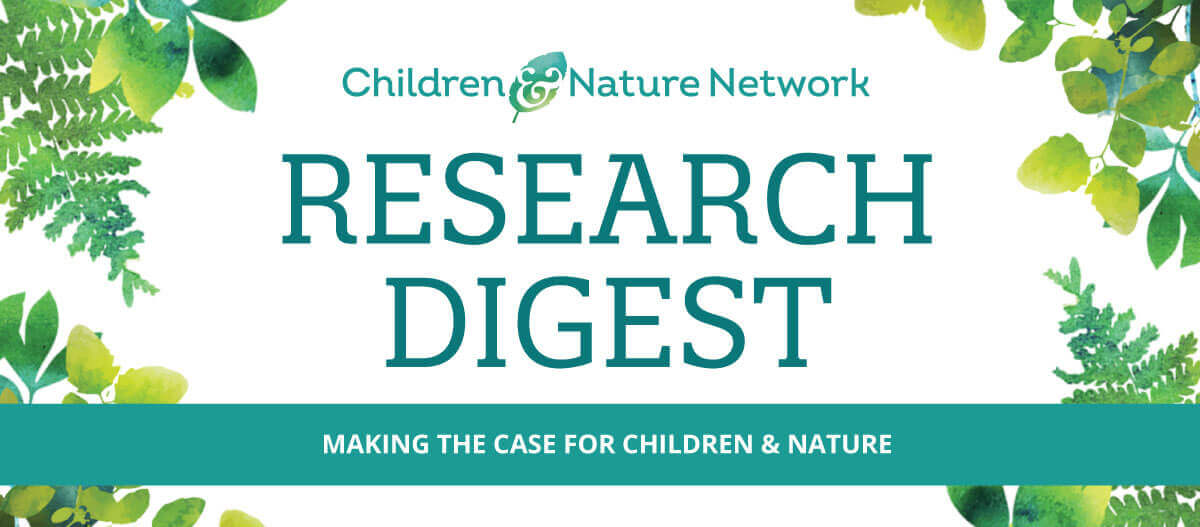RECOMMENDATION 1:
Consider adolescents’ specific needs and interests when planning urban greening initiatives.
Urban teens indicate that small, safe spaces in natural areas and open spaces with good views help them feel good in outdoor urban environments
Specific characteristics of eight different urban green spaces in Turkey were linked to self-reported mental health indicators of 384 teenagers while they were in those spaces. According to the participating teens, the characteristics of “nature” (more natural), “refuge” (a small, safe place with opportunity for solitude), and “prospect” (open views) were especially important to their feelings of restoration, stress relief, and mental health.
Akpinar, 2021. How perceived sensory dimensions of urban green spaces are associated with teenagers’ perceived restoration, stress, and mental health?
Access Study
Adolescent girls indicate that being in nature and interacting with animals support their health and well-being
Interview responses from 19 teenage girls from Finland indicated that they had positive feelings while engaged with animals and other aspects of nature and that they were happier and more vivacious during summer than winter. Their responses indicate that giving teen girls more opportunities to interact with different aspects of nature, including animals, could promote their mental health.
Wiens, Kyngas & Polkki, 2016. The meaning of seasonal changes, nature, and animals for adolescent girls’ wellbeing in northern Finland: A qualitative descriptive study.
Access Study





